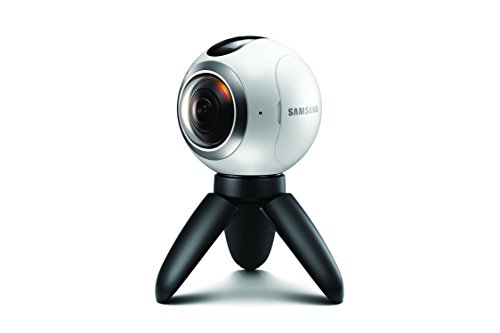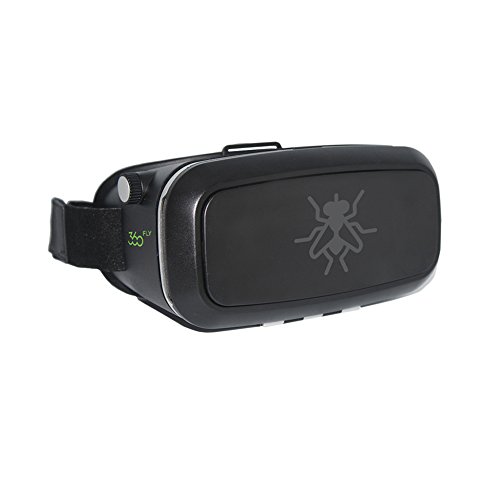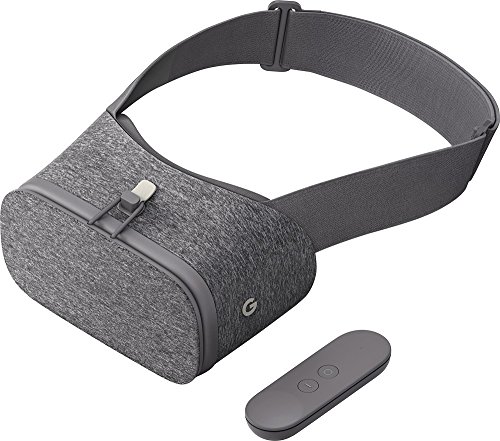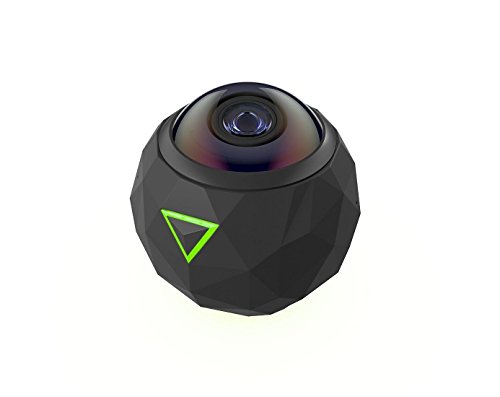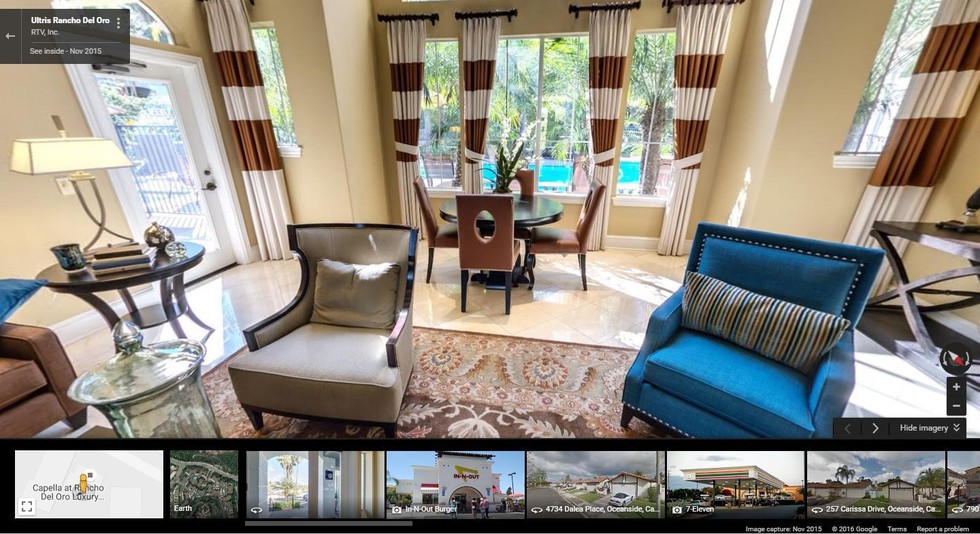
Traveling virtually to other countries and vacation spots is taking off in virtual reality. In fact, 74 percent of U.S. consumers are interested in virtual tourism–far more than those who are interested in games, according to a recent survey by Greenlight VR.
The real estate industry is picking up on this trend quickly, building virtual open houses and property tours via 360-degree videos, standalone apps, and dedicated platforms.
The easiest way for a real estate firm to create an open house in VR is by shooting 360-degree photos or videos, then sharing them on YouTube and Facebook. Potential customers with VR headsets are virtually transported to the locations, while everyone else can still look around by using a mouse, or their finger, to get view of a home. You should also look for some certified property valuers for this property valuation purposes that you may need before buying your next home, you can always view more here.
Regular photographs and videos only show some of what’s in a space. Customers never know if there might be, say, a giant hole in the wall just out of sight. With a 360-degree view, they can be assured they’re getting the full picture.
For example, check out this 360-degree tour of a house in Dumas, Texas created by Ad Rem Land Co. LLC.
The agency took several 360-degree photographs, including exterior and interior views, and stitched them together into a single video.
Dedicated platforms
YouTube might have a big user base, but the virtual tours on its site, and are limited to passive videos. Viewers can’t move freely around a property, nor at their own pace. Dedicated platforms, however, offer additional functionality specifically for virtual reality property tours.
The 500-pound gorilla in this space is Google Street View. Companies hire trusted Google photographers to take pictures of their business, which will then show up on Google Maps, like this Rancho Del Oro Apartments property in Oceanside, California, created by Michigan-based real estate marketing company RTV Inc.
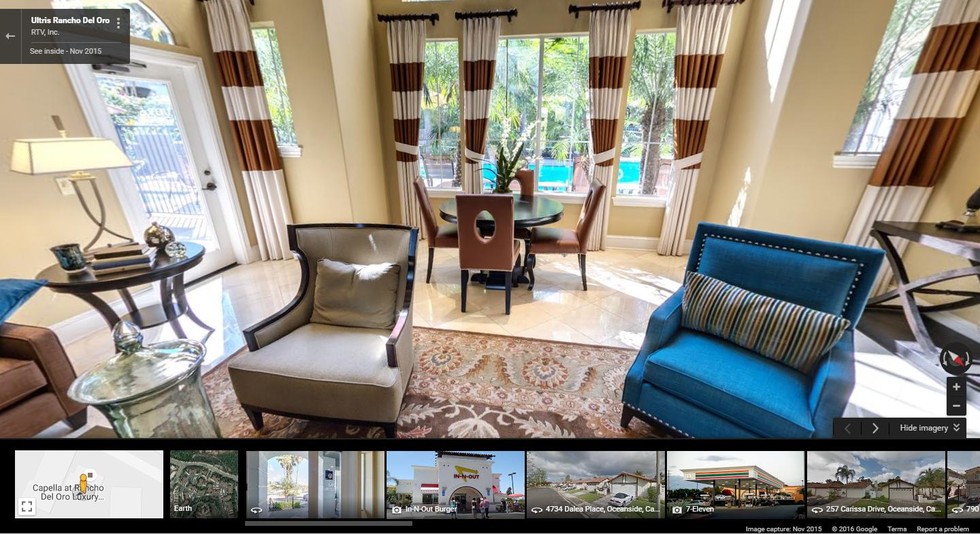
360-degree tour of a house in Dumas, Texas. (Image courtesy Google Street View.)
Customers can look around, while also switching between internal and external views–with and without virtual reality headsets. However, Google limits the amount of sales and marketing information that can be included in these tours.
That’s not the case for Matterport, a dedicated platform for real estate marketing. The company is currently converting a quarter of a million 3D tours to virtual reality format, and is the most popular dedicated platform for real estate tours. If you are to sell your property like the ones at https://reali.com/sell/ you may try doing this platform.
In addition to offering interactive virtual reality property tours, Matterport also offers three-dimensional dollhouse-style floor plans and other useful functionality. Real estate agents can upload their own photos, or they can hire professional photographers to do the work for them.
Companies can then embed these tours on their websites, as with this Sotheby’s International Realty listing for a home in Princeton, New Jersey.
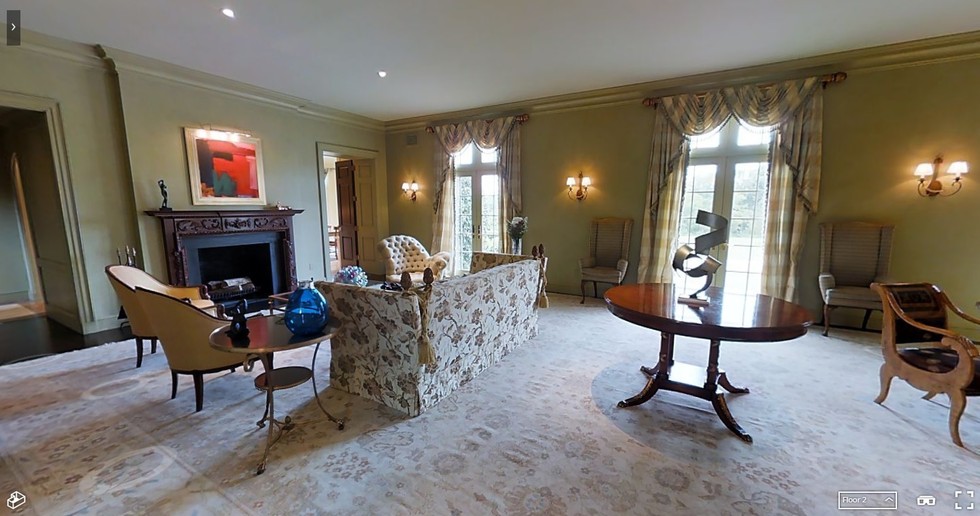
Virtual reality tour of home in Princeton, NJ. (Image courtesy Matterport.)
YouVisit is the third big name in this space, a fairly new startup which offers virtual tours of travel destinations, hotels, restaurants, and college campuses–and real estate locations, as well.
Other platforms to check out include Transported VR, Vieweet, and Roundme.
Create your own app
Many large real estate companies are eager to add virtual reality functionality to their mobile apps and websites. For example, Australia’s Realestate.com.au just launched a virtual tour app for the new Google Daydream virtual reality platform.
They built the app on top of the Matterport platform, but there are also smaller technology companies, such as Cubicle Ninjas, Arch Virtual, ReallyThere, Start VR, Virtual Tour App, Smart2VR, Case 3D and Viewport, that will create custom apps for individual properties or agencies.
Do It Yourself
Some real estate agents are even going Hollywood, shooting and editing virtual reality films on their own,. You don’t need any special equipment to take your own 360-degree photos other than a smartphone and the Cardboard Camera app for Android and iPhones. You can invest in a 360-degree camera like 360fly or Samsung Gear 360, and then stitch the photographs together into a 360-degree video with video editing software.
You can also skip the video editing step and just use the 360-degree camera as a video camera. Place the camera in the first room. Film for ten seconds or so, then pause, move the camera to a different room, and film for another ten seconds, and so on until you’ve got the whole property covered. Use the remote function to hit the record and pause buttons while you’re outside the room, so that you’re not in the video.
The 360fly, for example, comes with a smartphone app that allows you to be in a separate room from the camera itself. The 360fly also allows you to upload your finished video straight to YouTube with a click. Or you could import it into a video editing program to add text and transition effects.
Just don’t move the camera while filming–the motion could make your customers nauseous. And that will never help sales.

Source: GearBrain

